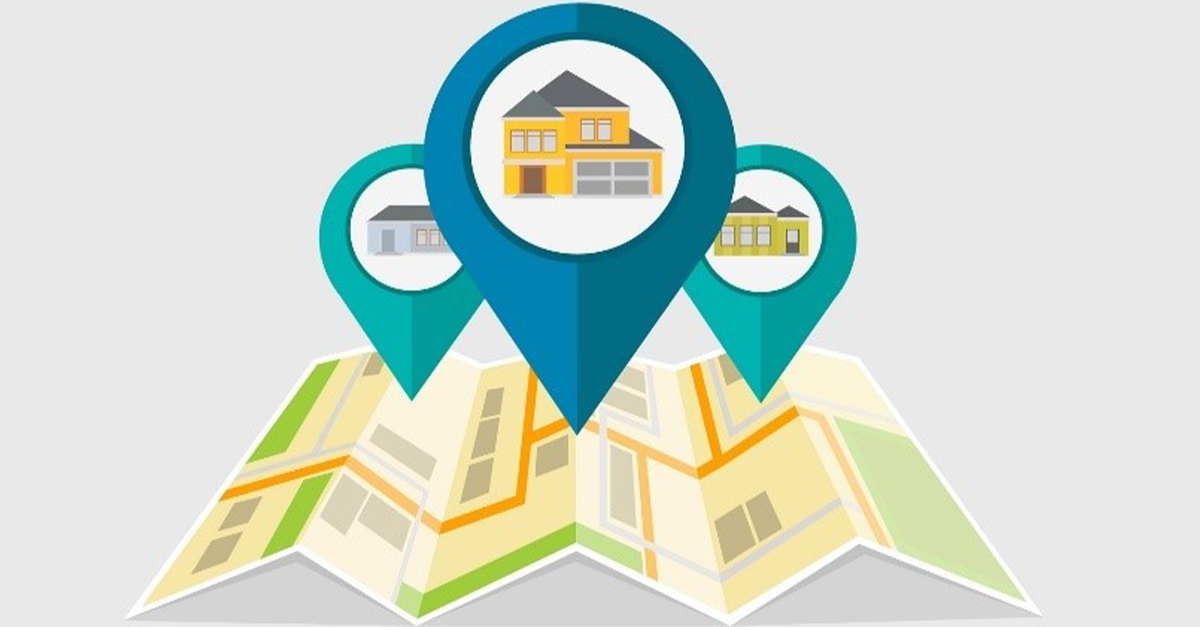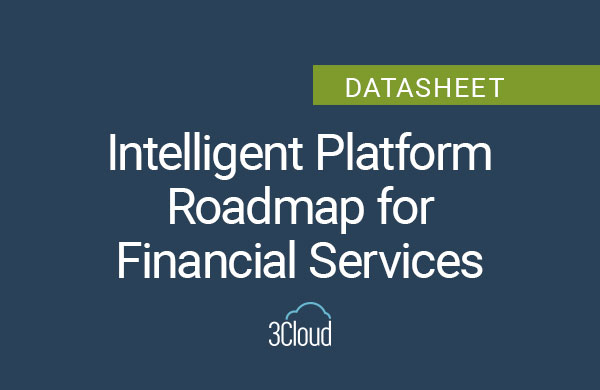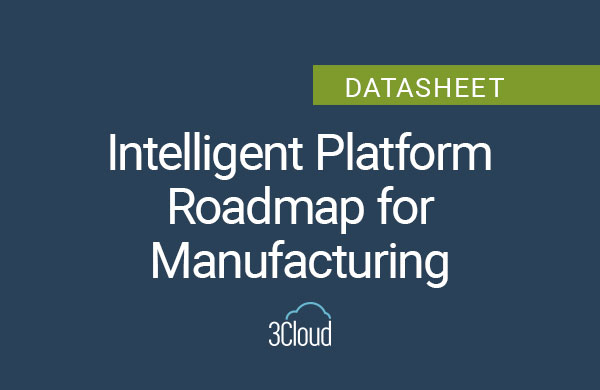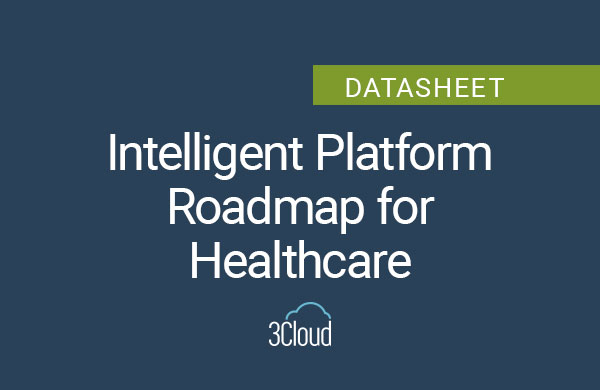Why Brick and Mortar is Still Relevant in Today’s Retail Ecosystem
Location is key, especially for businesses that want to expand. Even though much of the economy has moved online, several sectors still rely on their physical footprint for customer services (clothing retailers often offer in-person returns), delivering orders (food delivery), and supporting core operations (supply chain). Being strategic in the placement of a brick and mortar store is also essential as customers often prefer a sample of the merchandise just to “look and feel” the product, then look to online stores for a deeper variety. With the mammoth amount of data to consider for selecting even one location, how can you make the best use of your resources with your next brick and mortar location?
Three Factors to Consider for Business Location Analysis
When starting your business location analysis, the natural thing to do is to look at how your existing locations perform. But trying to look for patterns manually can send you down several rabbit holes. A data-driven approach using Machine Learning or Artificial Intelligence may help cut through the noise. In this blog, we’ll focus on how to leverage machine learning to strategically place a new retail location.
This optimization will depend upon the role you expect your location to play. Do you expect it to drive revenue directly through in-store purchases, or is it primarily there to build brand awareness in a geography and drive traffic online? In the first scenario we may look at same-store sales, but in the second we may want to assign all online purchases to a “home store” based on the IP address or customer address and optimize for volume of transactions in the area.
Once we know what to optimize for, we need to identify existing locations that are mature enough for patterns to have developed. We can extract these patterns by looking at a few data sources:
- Demographic factors like population density, average household incomes, and education level. These factors can be particularly useful if you’ve already undertaken a segmentation exercise, since you can look for geographies that closely match your target customers.
- Location-specific considerations like car or foot traffic, building type, square footage, and window frontage are likely to impact store performance and should be considered when looking into new locations.
- Market opportunity factors like presence of competitors, existing digital footprint, and local brand recognition may be harder to measure but can strongly support or discredit a candidate location.
Once we’ve collected as much of this data as possible for existing, mature locations we can begin the machine learning process. Within a machine learning tool, you can find correlations for the desired outcome with each individual factor above, or use more advanced unsupervised learning techniques to find combinations of factors that tend to have the greatest impact together.
If the number of existing stores is high, another approach may be to predict first year revenue or total foot traffic as a function of the demographic factors, location data, and market opportunity. The more data available, the better a machine learning algorithm can develop an intuition for what influences the key business drivers you care about.
If you’re considering diving into a machine learning exercise like this one, 3Cloud can help. Contact us to review your use case and design a predictive roadmap for making machine learning a reality.





